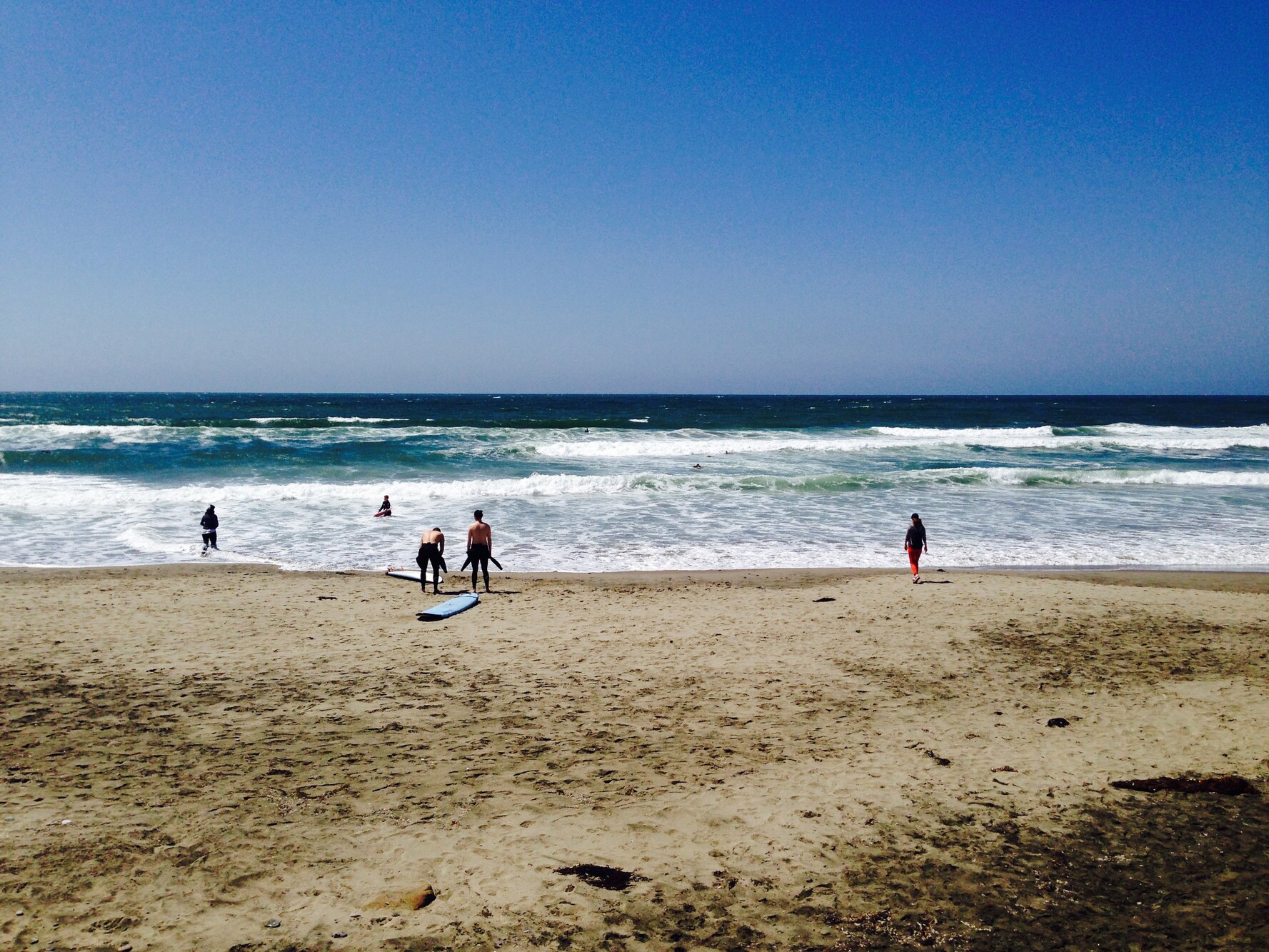“The fact that there is tension shows this has been made very public,” Cummings said. “Our coastline is not the same, and there is no one-size-fits-all approach to dealing with sea level rise.”
The ruling attempts to balance developers’ needs with coastal protection, but opponents argue the plan to upgrade seawalls violates the Coastal Act, is short-sighted and will make it more complicated in the long run to adapt to sea level rise.
“When large-scale seawalls are built or rebuilt or reinforced, and the new development goes in behind it, long-term solutions like relocating out of harm’s way will fall by the wayside and seawalls will remain,” said Mandy Sackett, California policy manager for the Surfrider Foundation. “But in truth, it’s giving away our leverage now with no guarantee of results later.”
Opponents also argue that seawalls cause beaches to erode and can exacerbate flooding or the loss of coastal homes, roads and infrastructure in the long run. They said continuing to armor Pacifica’s coastline will ultimately lock the city into using seawalls as long-term strategies and sacrifice more of the city to the rising ocean.
Catalina Gomes, founder of the Muchia Te’ Indigenous Land Trust and descendant of a Ramaytush Ohlone settlement village in Pacifica, opposes the plan and said the commission declined her tribal consultation, although it agreed to work with tribes on any new projects.
 Linda Mar Beach in Pacifica is a common surf spot, and for many, just a great place to relax. (Courtesy of Bill Zeller)
Linda Mar Beach in Pacifica is a common surf spot, and for many, just a great place to relax. (Courtesy of Bill Zeller)
“This is a culturally sensitive area for us. This is sacred land,” she said. “It’s a very short-sighted approach, and science proves that restoration of wetlands, marshes and dunes is the best solution to dealing with sea level rise.”
Surfers worry that more seawalls will eventually limit beach access, and some residents said that coastal hazards like erosion have already caused the city to tear down homes over the decades to prevent them from collapsing into the ocean.
Cindy Abbott, who has lived in Pacifica for decades, said intense storms and strong waves have resulted in “the end of her street being closed off every year and multiple times.” She asked the commission to denounce the plan and instead “honor the coast.”
However, Kate Huckelbridge, executive director of the Coastal Commission, emphasized that the 20-year seawall plan is a temporary solution for the “existential threat” from the long-term effects of sea level rise brought about by human-caused climate change.
“The scope and scale of that challenge here in Pacifica, but also for the rest of our coastal communities, is daunting,” she said. “Our beaches will disappear if we do not change how we live, work and play on our coastline. If we want to avoid that future, we need to get serious about planning for the future that we do want.”


















